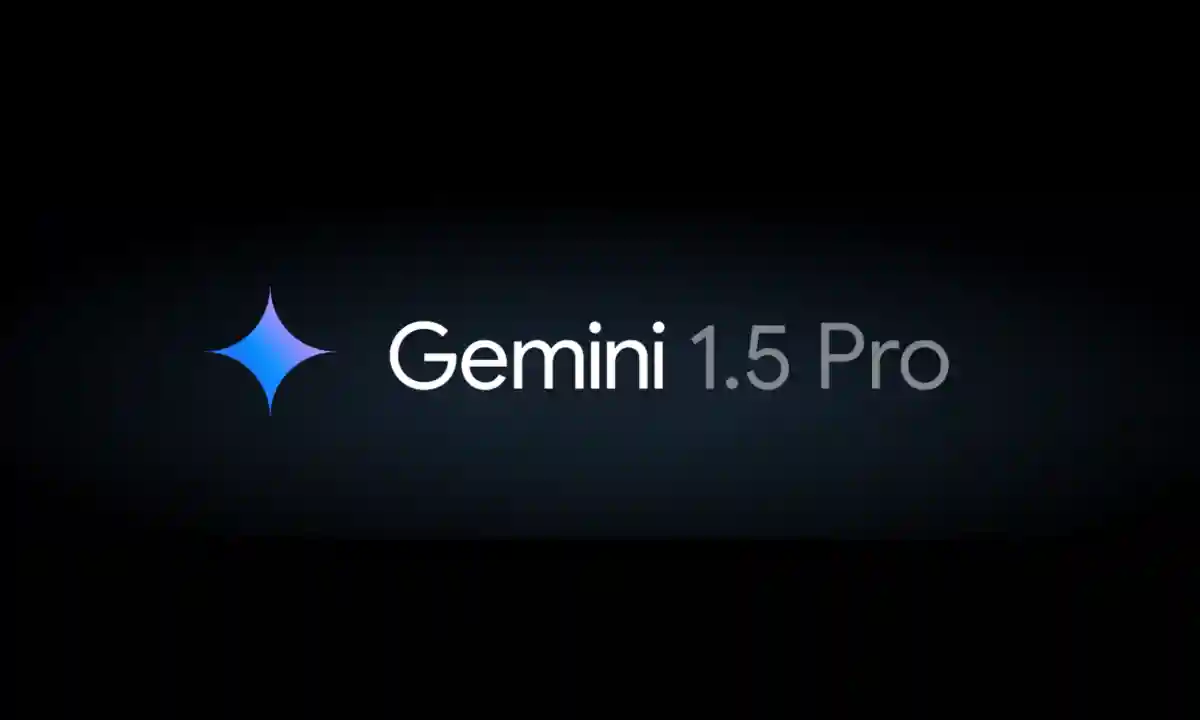Google’s experimental Gemini 1.5 Pro model has even outperformed OpenAI’s GPT 4 model in the generative AI assessment test. Over the last year, OpenAI’s GPT-4o and Anthropic’s Claude-3 have been the leaders. Nevertheless, for the new version of Gemini 1.5 Going by the given financial statements, Pro seems to lead 5 Pro has taken what appears to be the lead.
Gemini 1.5 Pro set a new benchmark by surpassing GPT-4o
One more popular benchmark, familiar to many AI enthusiasts is the LMSYS Chatbot Arena which measures the model’s overall competency across the tasks. Regarding that, GPT-4o reached 1286 and Claude-3 earned a notable 1271 on this ranking list.
The first version of Gemini is the earlier version of what we are using in the present day, we can refer to it as Gemini 1.5 The candidates of Pro had recorded one thousand, two hundred and sixty-one(1261).
Honestly, the experimental version of Gemini 1.5 Pro (this was Gemini 1.5 Pro 0801 model) was ahead of its competitors with a total score of 1,300. This marks a tremendous enhancement, which may mean that Google’s recent model could be larger in general capacity than the others.
At the same time, it is necessary to remember that benchmarks are an informative tool for assessing an AI model’s performance, but they do not always reflect all the strengths and weaknesses when implementing it in practice.

Is this the new era of Gemini 1.5 Pro?
@GoogleDeepMind’s new Gemini 1.5 Pro has been running over Arena for the last week, collecting a bit more than 12K votes from the community, within experimental 0801.
Despite Gemini 1.5 Pro’s current availability, accompanied by labeling saying that this is an early release or in the testing phase may mean that Google will make adjustments or even pull the model to prevent harm or for other reasons that refer to safety and/or alignment.
This is a new leap in the continuous competition between the big technology companies in terms of creating and developing AI. The case of Google outcompeting OpenAI and Anthropic in the benchmark scores also shows the evolution rate of the field and the
